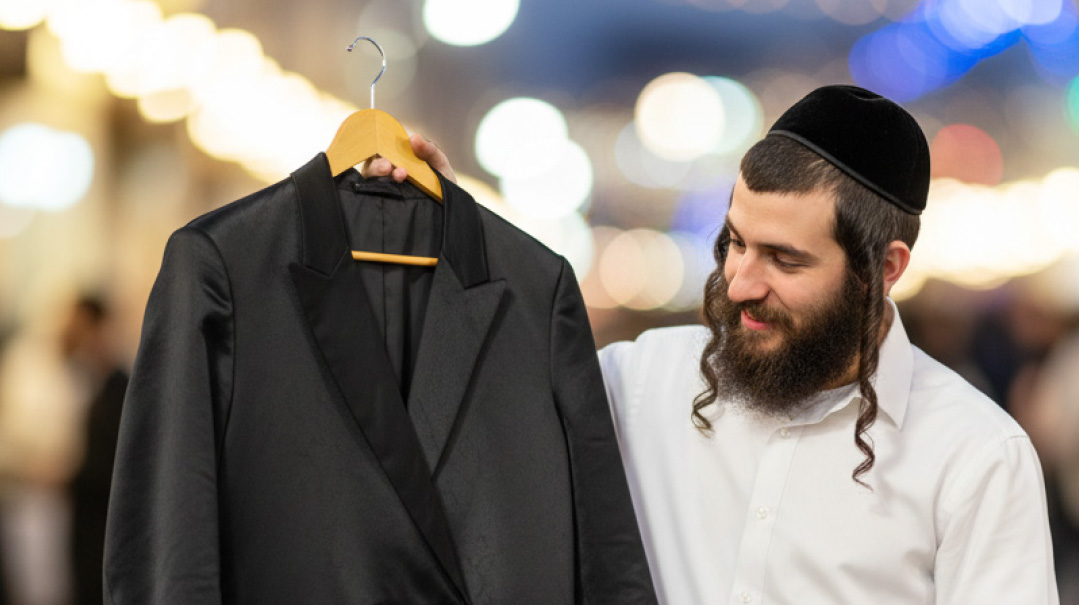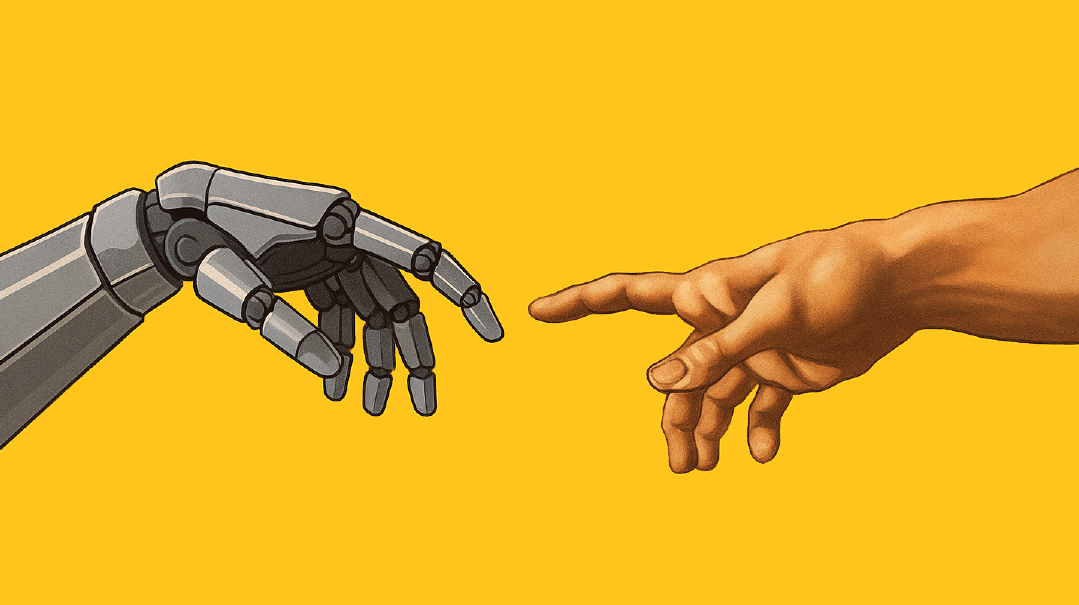Editor Wanted

A shared understanding that the reader comes first
T
he writer-editor relationship gets a bad rap. Writers are portrayed as flighty artists who cringe and quibble over every change, editors as tone-deaf technicians who cut out harmonic phrases and mute all that resonance laboriously threaded through the piece. But in my experience at both ends of the process, I’ve seen that the stereotypes are just that.
The more professional the writer, they more open he or she is to feedback. We all want our work to shine, and we also know the value of a fresh set of eyes. The more professional the editor, the more invisible he or she tries to be. When we work with dedicated writers who invest a lot in their craft, we know our mandate is to polish the material while preserving the voice. A diversity of tones and timbres is what gives the magazine its richness, and good editors don’t want every piece to sound alike.
If you’d take a look at the path a piece travels from raw idea to print, it seems pretty straightforward. Writer, editor, proofreader, designer — these are the basic stations, in different permutations and combinations. But eavesdrop on our conversations, or take a look at our correspondence, and you’ll see that there’s a lot of deliberation. Different types of pieces need different types of edits. Finding the right editing style is almost like finding the right shidduch. And like a shidduch, there can be a lot of angst along the way.
Some pieces arrive in good shape, with a strong narrative, logical structure, and cohesive flow. These pieces just need a good polish before being proofread. Others need what I call a “macro edit.” This means taking a wide-lens view of the piece and trying to figure out why it isn’t working well. Maybe there’s a missing angle. Maybe the story four paragraphs down should really be the lead. Maybe the overall tone is off — it should be warmer, or crisper, or more emotive.
One of the most talented editors I know actually is a poor writer. But she has one of the best “macro-sensors” in the frum writing world — a strong ability to tease out the bigger structural or tonal issues in a piece.
What’s the writer’s role here? Some writers want to stay intimately involved in every step of the editing process. They love taking their pieces to the finish line and appreciate working with an editor who functions like a coach. For these writers, our editors will mark up a piece with comments, suggestions, and questions — things like “this story needs a stronger punch line,” “we need a conclusion that resonates more,” “can you get me a source on that.” After months of working through this process again and again, we’ve had writers articulate how much they’ve grown from their editors.
Other writers prefer less back-and-forth. As one writer put it: “Instead of seeing my work dotted with close to 30 extensive comments, I would appreciate getting the feedback condensed into 4-5 bullet points. That would be much clearer to me and a lot less overwhelming.”
And then there are the writers who really don’t care what you do to their piece, as long as you keep their name big and bold under the title. I still remember a writer who submitted a piece that was missing basic background, stats, and transitions. I spent hours filling in all the missing material, rebuilding the internal structure, adding context and narrative and a nice title and introduction. Then I sent it back to the writer for review, holding my breath and wondering whether she’d consider me a heartless butcher. “Great edit, I love that nice intro you added!” was all she said.
Contrast that to the writer who told us, “I went through the edited version of my piece, and I noticed you changed my language three times. Three times! Those are my words, do you realize?”
It’s definitely a charged relationship. But there are a few things that can make it work. The first is an editor who honestly wants the writer to shine. The next is a writer who truly respects the editor. And the most important is a shared understanding that the reader comes first — before any professional’s art, word count, or ego.
(Originally featured in Mishpacha, Issue 767)
Oops! We could not locate your form.







